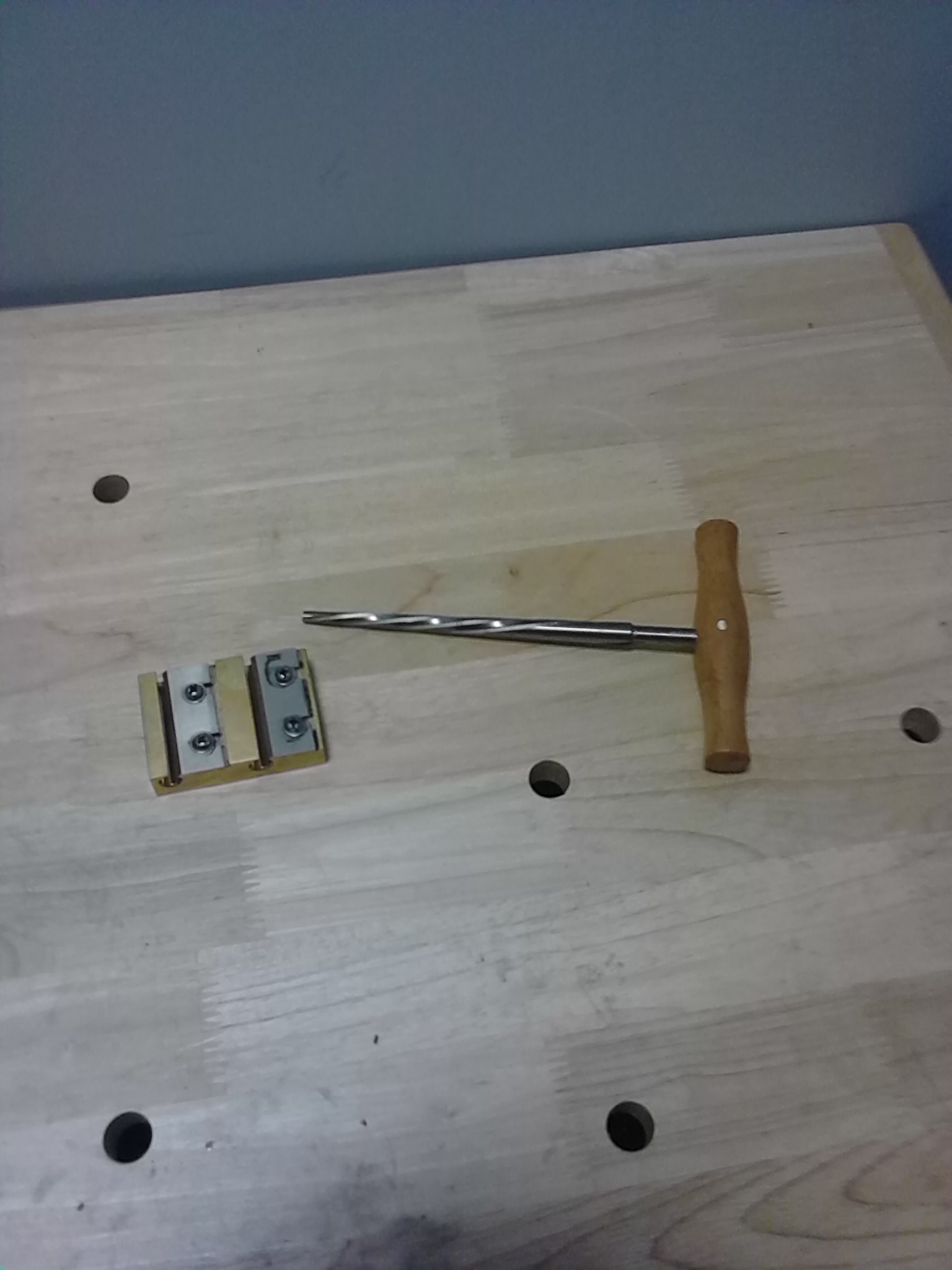To add a little detail and an illustration to Alphonso's great answer...
Pegs for string instruments work by friction, which over time changes the shape of the peg. When the pegs are slipping, and you can't fix it with peg dope, the peg needs to be reworked.
To achieve maximum friction, the peg has to have exactly the same angle as the peg box. Luthiers use a peg shaver (basically a very precise pencil sharpener) to true the peg to a specific taper (1:30 for violins and violas, 1:25 for cellos) and a peg reamer to get the same taper in the pegbox holes.
After a peg has been reworked a couple of times, the hole ends up being too far into the peg box, so a second hole is drilled to line it up better with the nut slot. Pegs can sometimes be drilled a third time, but I haven't seen any drilled more than that.
Here's a picture of my peg shaver and reamer for violins - cello peg shavers/reamers look pretty much the same, except larger. 

